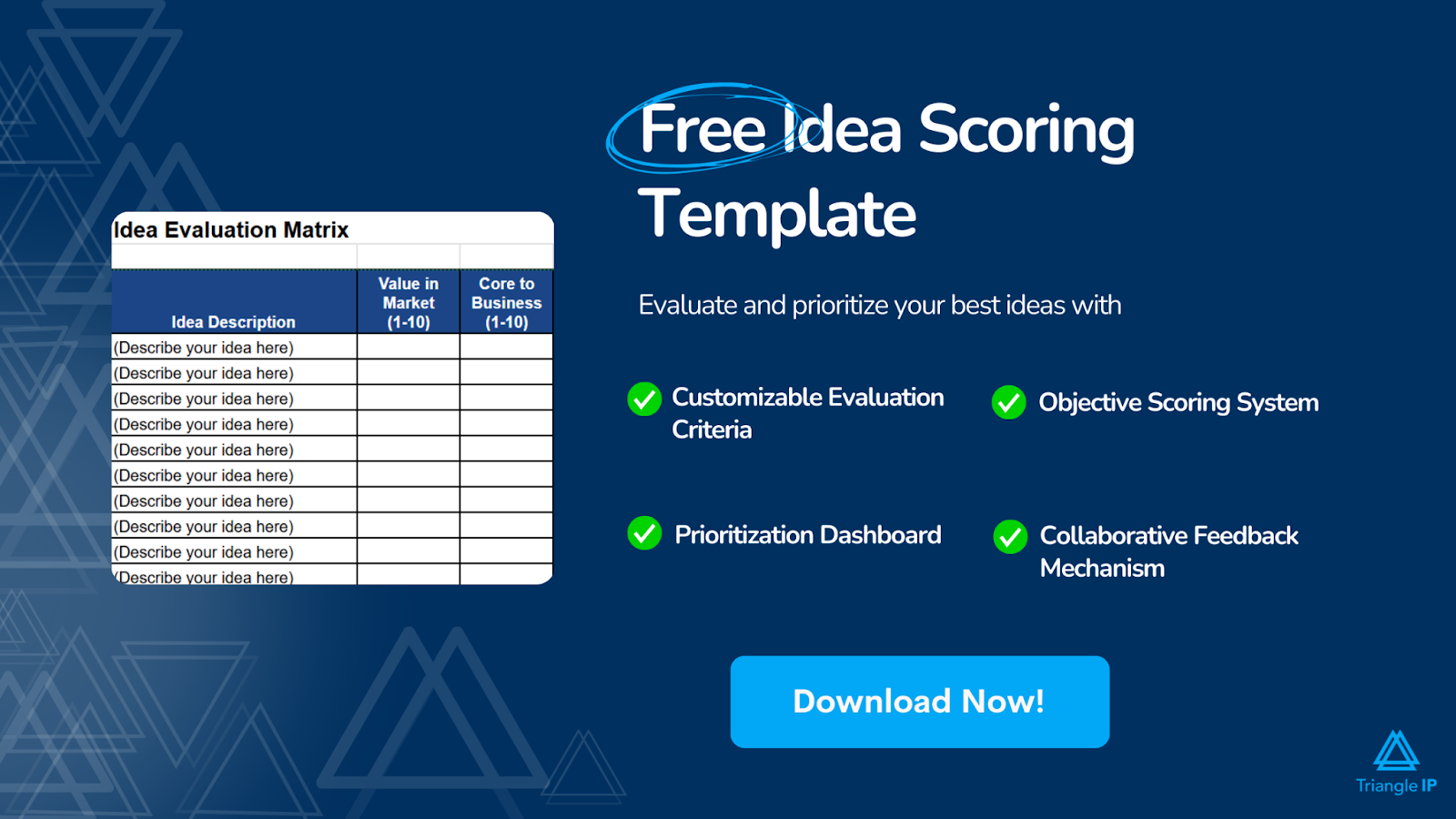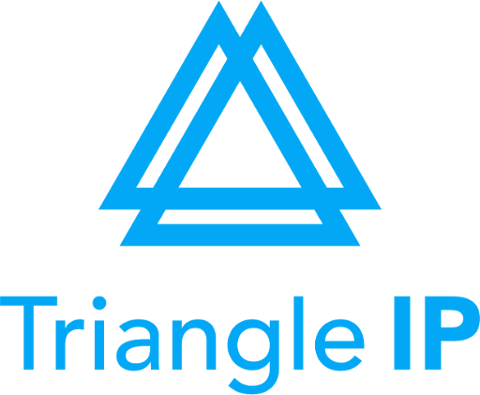1. Can the TIP ToolTM Handle Both U.S. and International Patents?
Yes. The TIP ToolTM is optimized for U.S. patent workflows and analytics, but also supports cataloging of international filings. While deep analytics (like allowance rate predictions and examiner behavior) are U.S.-centric, you can still add foreign applications, assign tags, upload documents, set deadlines, and summarize the invention for tracking purposes.
2. Can the TIP Tool™ Help Me Track and Stay Notified About Patent Deadlines?
Yes. The TIP Tool™ helps you stay on top of both legal and internal patent-related deadlines, even though it is not a substitute for your attorney’s formal docketing system.
You can log:
- Legal deadlines such as maintenance fee due dates, filing deadlines, and office action responses
- Business-specific deadlines, like product launches, customer demos, or publication dates, which may require filings beforehand to preserve patent rights
To keep you informed, the TIP Tool™ provides:
- In-app alerts when actions are due or updates occur
- Weekly portfolio summary emails that highlight upcoming deadlines and key changes
This helps business and technical teams prepare in advance. Reducing last-minute legal surprises, improving responsiveness to counsel, and enabling smarter, more timely IP decisions.
3. Can I Track Which Products Are Covered by Which Patents?
Yes. The TIP ToolTM lets you use tags and summaries to link patents to specific products. This allows you to organize your portfolio so you can quickly see which patents support which offerings.
You can also filter by tags to view patents by product or business unit as needed.
4. How Does the TIP ToolTM Evaluate Patentability or Likelihood of Success?
The TIP ToolTM uses deep analytics. The platform evaluates similar filings, patent office statistics, and examiner history to estimate the likelihood of allowance, expected number of Office Actions, and overall prosecution difficulty.
5. Can I Merge Multiple Ideas Into a Single Patent Filing?
Yes. The TIP ToolTM allows you to merge similar ideas into a single filing. The tool supports both one-to-many and many-to-one mappings between ideas and applications, making it easier to consolidate disclosures or split them as needed during the drafting process.
6. How Is the TIP ToolTM Different From Jira, Confluence, or Excel?
The TIP ToolTM is Jira-inspired, not Jira-based. Unlike Jira and Confluence, which are general-purpose workflow tools, the TIP ToolTM is purpose-built for managing the intellectual property lifecycle.
It offers:
- Drag-and-drop workflow for idea progression
- Customizable forms for idea disclosures
- Secure draft sharing (avoiding email)
- Analytics on patent counsel and examiner performance
- Flat pricing with no per-user fees
The TIP ToolTM replaces fragmented tools like Excel or Jira with a centralized, intuitive platform tailored to patent teams and inventors.
7. Is There Any User Limit in the Paid Version?
No strict limit. Most paid plans support up to 100–200 users, depending on configuration. This ensures that engineering, product, legal, and finance teams can all access the tool without per-user licensing friction.
8. Does the TIP ToolTM Integrate With Docketing Systems?
Yes, to a degree. The TIP ToolTM can accept weekly asset reports or data feeds from your law firm or docketing system. These updates can be emailed and processed into the tool. During onboarding, our team also assists with manual data imports to ensure your portfolio is fully populated.
9. Is the Interface Easy for Non-Legal Stakeholders?
Yes. The TIP ToolTM is designed with an intuitive, Jira-inspired interface that’s easy for engineers, product managers, and finance teams to use. Features like drag-and-drop workflows, tagging, and summaries make it simple to contribute and navigate. Even without legal expertise.
10. What Does the TIP ToolTM Cost?
The TIP ToolTM is priced at $50 per month or $500 per year, flat-rate per organization. Unlike competitors like Symphony or Anaqua. They often start at $10,000+ per year. The TIP ToolTM offers transparent, affordable pricing with no per-user fees or hidden costs. Annual subscribers also receive free data onboarding.
11. How Do I Get Help or Request Custom Features?
The TIP ToolTM provides hands-on support for onboarding, technical issues, and feature requests. Our team can:
- Assist with data import, including foreign cases
- Troubleshoot unusual problems
- Assist with custom feature development under custom tier package
Customer feedback is actively considered in our product roadmap, and many requests are implemented quickly.
12. How Can I Use the TIP ToolTM to Better Interact With Outside Counsel?
The TIP Tool™ helps you collaborate more effectively with your external patent attorneys by bringing them directly into your workflow.
You can invite outside counsel to join the TIP Tool™, giving them access to relevant ideas, documents, and drafts all in one secure place. This eliminates the need for email threads and ensures version control during drafting, review, and filing.
Beyond collaboration, the TIP Tool™ gives you visibility into how a case is progressing compared to expected benchmarks. If a case is taking too many rounds, going far over budget, or lagging behind similar filings, the tool flags those issues early so you can ask the right questions:
- Why is this case off track?
- Is the examiner unusually difficult?
- Or is the legal strategy not working?
Instead of reacting to unexpected bills or vague legal updates, you’ll be able to lead smarter, cost-effective conversations with your outside counsel and stay in control of your IP strategy.
13. Does the TIP ToolTM Track Patent Family Trees and Continuations?
Yes. The TIP ToolTM lets you view patent family trees to understand parent-child relationships between patent filings. You can track which applications are pending or granted, and visualize prosecution timelines using Gantt-style charts. This helps you manage continuations and see how each filing fits into the broader IP strategy.
14. Is My Data Secure in the TIP ToolTM?
Yes. We employ enterprise-grade encryption, secure cloud hosting on United States based servers, and role-based access control. Additionally, sensitive documents (like drafts) can be exchanged securely within the TIP ToolTM, eliminating email vulnerabilities.
15. Can Inventors Collaborate on Idea Disclosures Within the TIP ToolTM?
Yes, inventors can add co-Inventors and collaborate on disclosures in real time.
Inventors can begin drafting an idea and add co-inventors, who are then notified and granted access. Once the idea is published, all listed inventors can view, edit, and contribute to the disclosure securely without relying on email or shared drives.
16. How Does the TIP ToolTM Help Prioritize Which Ideas to Pursue?
Users can score each idea based on enterprise value and patentability (e.g., 1–10 scale). The TIP ToolTM also runs data analytics to estimate prosecution success based on historical examiner and case data—helping you make smarter filing decisions early in the pipeline.

17. What Kind of Analytics Do You Provide for Patent Counsel and Examiners?
The TIP ToolTM provides examiner and counsel performance metrics based on USPTO data. You can view examiner behavior such as average number of office action rounds and allowance rates as well as evaluate how your own counsel performs in comparison.
A new feature is being introduced to benchmark individual attorneys, helping you manage legal strategy and costs with greater insight.
18. What Features Are Available in the Free and Trial Versions of the TIP ToolTM?
Yes, the TIP ToolTM offers a Forever-Free Version and a 30-Day Full Feature Trial.
The free version supports a limited number of users and filings but never expires. The 30-day trial gives you access to all features. Your data is preserved when upgrading to the paid plan, and annual subscribers receive complimentary onboarding and data import.
Ready to explore the TIP Tool™? Register today and start building your smarter IP workflow.
19. Can I Export Patent Data to Excel?
Yes, the TIP ToolTM allows portfolio export to spreadsheet format. Export functions let you generate spreadsheets from filtered or complete views of your patent portfolio. It’s actually very useful for internal reporting or offline analysis.





